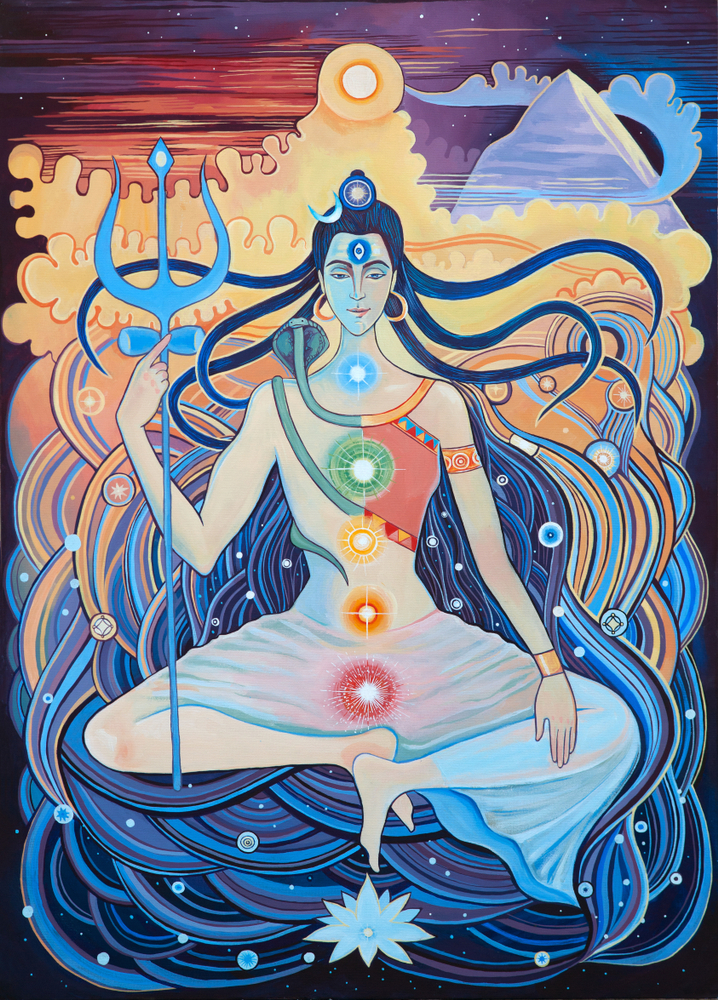
The four main branches of yoga are
Karma Yoga – the yoga of action, the path of self-less service.
Bhakti Yoga – the yoga of devotion
Raja Yoga – the yoga of mind control and scientific approach
Jnana Yoga – the yoga of knowledge, the philosophical approach.
1-Karma Yoga
This path involves the dedication of all work as an offering as God, with no though of personal reward. A karma yogi attempts to see the Lod dwelling in all living beings. By renouncing the fruits of one’s action, the action becomes unselfish. By not thinking of our own personal needs and desires, and by trying to help everybody around us, including human beings, animals, the planet and the whole world, he heart is expanded, egoism destroyed, and One-ness realised.
Karma Yoga can be practiced at all times, under all conditions, anywhere there is a desire to do selfless service.This is also part of many 200 hour yoga teacher training goa , india, they teach there about karma yoga
2-Bhakti Yoga
Bhakti is the devotional approach of yoga, the approach of pure love. In this Kali Yuga, bhakti is seen as the surest, safest and easiest form of yoga to practice. The bhakta does not try to rid himself of
emotions, but seeks to channel and harness the emotions by sublimating them into devotion. The aspirant treading the path of bhakti attempts to realise the Truth by devotion to and love of God in a personalized form. This is Ishvara, the ista-devta. Prayer, chanting, japa (repeating a mantra or name of God) hearing or telling stories of God and saints , pujas, ceremonies and rituals are the basic techniques of bhakti. A mystical relationship with God (who may be seen as a friend, a child, a mother or teacher) is sought and developed. Bhakti Yoga rids the aspirants of emotions and
egocentricity by developing humility, self-surrender and the feeling of being an instrument in the hands of God.
There are four times when people tend to turn to devotion.
- Those in distress, when all else has failed, turn to God as their final refuge.
- Curiosity is another impetus.
- Those having the desire for gain, whether it is gaining love, knowledge or wealth. God is
petitioned as a benevolent parent who will grant all favours if approached with love and devotion. - The highest bhakta is selfless, with the simple desire to love and serve God. Only with this attitude
will the ego disappear.
The danger in bhakti is that the devotee may become fanatical. Although all religions teach that
there is one God, each person may have that tendency to believe that only his/her personal
relationship with God is the (only) correct one.
3-Raja Yoga
This is the scientific, step-by-step approach to yoga. Systematically the mind is analysed. Techniques are applied to bring it under control and to achieve higher states of consciousness. In the two sub- paths of Raja Yoga, the prana (life force) is mastered first, and then the kundalini energy is awakened. Then the mind comes under control automatically, In Yoga retreat in India during yoga philosophy lecture, they talk about this raja yoga with detail,
4- Jnana Yoga
This is the most direct of the four paths. It is the intellectual approach to spiritual evolution. Through right inquiry (vicara) and constant self- analysis (viveka -discrimination), the mind is used to examine its own nature. Jnana Yoga is said to be the most difficult path, not because it superior, but because one must be firmly grounded in other disciplines before attempting it. A sharp, keen , intellect, unclouded b emotions, is necessary.

